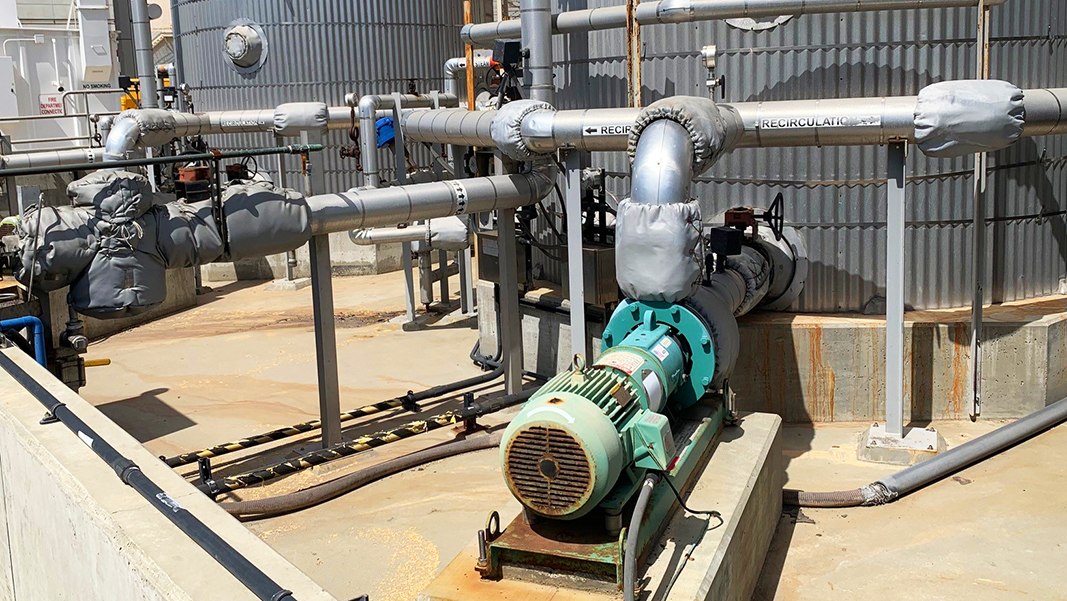Top: Photo courtesy of Vaughan Company
The number of facilities in the U.S. practicing codigestion has definitely been on the rise, driven by policy changes that have set strong targets for food waste diversion and renewable energy generation (biogas). “We are seeing both municipal conversion of existing digester capacity and private-public partnerships to build new capacity,” notes Erik Larson, Senior Process Engineer with Vaughan Company. “Codigestion definitely can introduce instability into the digestion process if not managed properly. While feedstock management is very important, having a well-designed digester which provides both operational flexibility and good mitigation strategies for common issues like foaming is important as well.”
Larson and his colleague Steve Macomber, product manager with Vaughan’s Rotamix line, are presenting on a webinar on September 28 (8:00 am Pacific/11:00 am Eastern) titled “Giving Your Digester an Organic Diet: Keys to a Successful Codigestion Program.” Topics to be covered include how to receive and classify organic waste, the impacts different factors can have on digestion, and best practices for maintaining a healthy codigestion process.
BioCycle interviewed Larson to get a preview of the insights that he and Macomber will discuss.
BioCycle: What are the different factors that impact successful codigestion?
Larson: Digesters love stability, and all of the key factors work to provide a more stable environment for the process. Managing feedstock composition and feed rate, consistent operating conditions including temperature and pH, and a proactive operation strategy all are essential to maintain stability.
BioCycle: Can you summarize the strategies regarding organic waste receiving and classification?
Larson: The most important thing is to have a separate receiving tank where feedstocks can be blended and metered to the digester, keeping the digester feed more stable. Successful programs also screen what they receive to prevent inhibitive waste streams from causing digester upsets.
BioCycle: If you had to boil down best strategies into the top three must-do’s, what would be on the list?
Larson: Separate receiving and classification of organic waste streams, understanding how different waste streams impact digestion, and proactive digester management. These are the three key best practices we will cover in the Webinar on the 28th.












